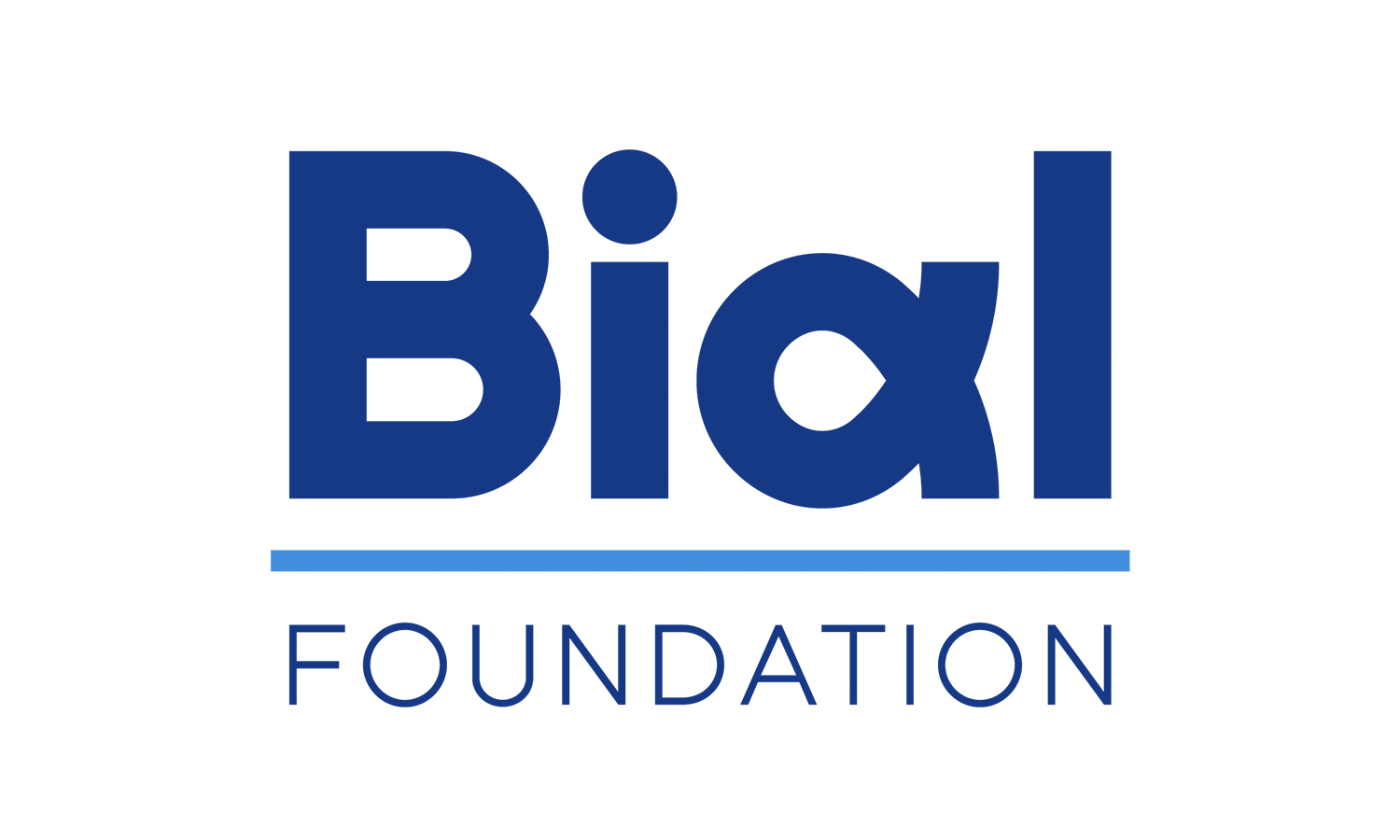Luísa Lopes and Miguel Remondes, team leaders of project 135/18 - The physiological role of circadian rhythms in memory, supported by the BIAL Foundation, published in the journal eNeuro the paper Transection of the superior sagittal sinus enables bilateral access to the rodent midline brain structures.
“Stereotaxic access to brain areas underneath the superior sagittal sinus (SSS) is notoriously challenging. As a major drainage vessel, covering the whole extension of the sagittal fissure, the SSS impedes direct bilateral access to underlying regions for recording and stimulation probes, drug-delivery cannulas, and injection devices. We now describe a new method for transection and retraction of the SSS in rats, that allows the accurate placement of microinjection devices, or chronic electrode probes, while avoiding hemorrhage and the ensuing deleterious consequences for local structures, animal health, and behavior. To demonstrate the feasibility of this approach we evaluated its consequences acutely during surgery, and thereafter during surgical survival, recovery, behavioral testing, as well as postmortem analysis of histological impact in the related brain structures of male rats. This method provides a new approach enabling direct access for manipulation and recording of activity in brain areas previously obstructed by the SSS.”





































































